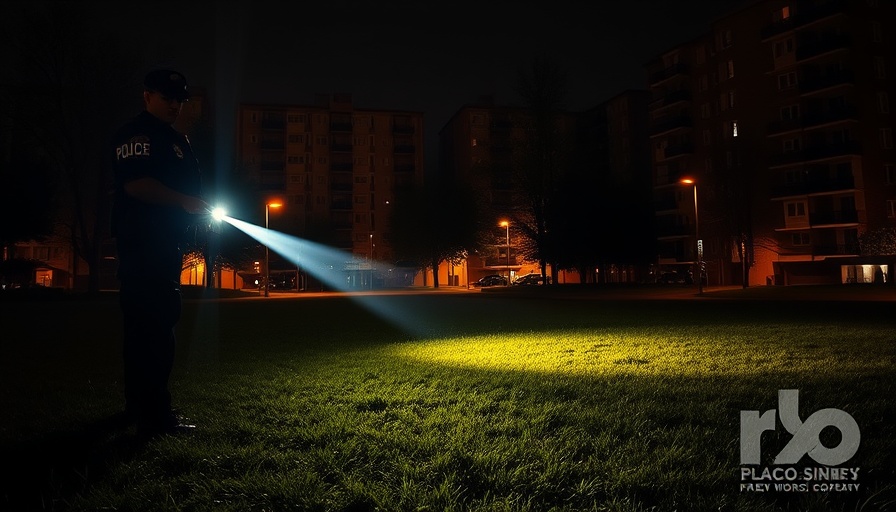
A Breakout Unveiled: Inside the Orleans Justice Center Escape
In a shocking breach of security, 10 inmates managed to escape from the Orleans Justice Center in New Orleans during the early hours of May 16, highlighting critical vulnerabilities that have plagued the facility for years. Initially believed to be a coordinated escape orchestrated by the inmates alone, it has since been revealed that internal assistance was likely involved—raising serious questions about prison management.
The Escape: What Went Wrong?
The escape unfolded just after midnight, with inmates tampering with a locked cell door at approximately 12:23 a.m. They executed a breakout plan that involved breaching a cell wall concealed behind a toilet, exploiting a blind spot in surveillance coverage. Notably, nearly a third of the jail's security cameras are currently inoperable, including those in the area where the escape took place, making it almost effortless for the inmates to flee without detection.
Security Camera Failures: A Recipe for Disaster
The malfunctioning cameras were just one part of a larger issue. Sheriff Susan Hutson shed light on the ineffective locks that inadequately secured the facility, a situation made worse by ongoing renovation works in the jail. With the absence of reliable surveillance and malfunctioning locks, the conditions were ripe for a security nightmare.
Staffing Issues: A Lone Technician
As if the infrastructure issues weren't enough, understaffing has been a chronic problem at the jail. At the time of the escape, only 36 staff members and four supervisors were covering all 24 pods. It raises the daunting question: Can any facility effectively maintain control with such a light workforce? The reality of diminishing resources led to crucial lapses in oversight during the night of the escape.
The Manhunt: A Race Against Time
Following the discovery of the escape at an 8:30 a.m. headcount, local police agencies, including the U.S. Marshals, Louisiana State Police, and Probation and Parole, were immediately alerted. Although one inmate, Kendell Myles, was captured later in the day, eight remain unaccounted for—a grim reality for law enforcement, surveillance, and public safety efforts.
Operational Ineffectiveness: The Bigger Picture
This incident shines a spotlight on broader issues within the framework of public safety management. Operational deficiencies and budget constraints have bolstered an environment in which jail escapes can occur. Is it time for a reevaluation of the funding models for correctional facilities and law enforcement agencies? Advocates have pointed out that the Orleans Parish Sheriff’s Office urgently needs an estimated $5.2 million for essential repairs and updates to the facility’s security systems.
Looking Ahead: Ensuring Public Safety
The escape serves as a stark reminder of the critical importance of investing in infrastructure, technology, and training within law enforcement. As communities push for accountability and transparency in police operations, incidents like this not only damage public trust but also raise serious concerns regarding officer safety and community engagement.
To further complicate matters, escapes such as this foster anxieties about the effectiveness of correctional facilities, and whether they can fulfill their mandate of public safety. It is essential for policymakers and police department leaders to address these lapses head-on with meaningful reform initiatives.
This recent jailbreak is more than just a story of fugitives on the run; it’s a glaring indicator of systemic failures in our local correctional facilities—failures that must be remedied if public safety is to be assured in the future.
 Add Row
Add Row  Add
Add 

 Add Element
Add Element  Add Row
Add Row 




Write A Comment